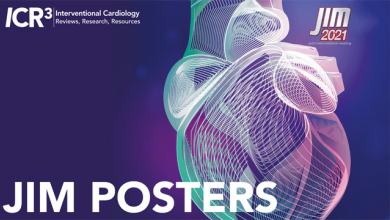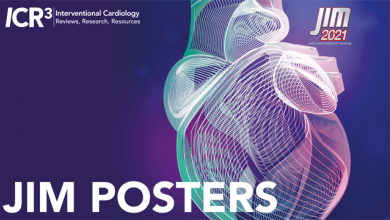Search results
Author(s):
Emily Mae L Yap
,
Livy P Magno
,
Christopher A Macaraeg
,
et al
Added:
2 years ago
Author(s):
Jean-François Paul
Added:
3 years ago
In the clinical management of patients with complex congenital heart disease (CHD), accurate 3D evaluation of their morphological conditions is critical. 3D imaging should demonstrate the shape and spatial relation of great arteries, proximal branch pulmonary arteries and anomalous pulmonary venous or systemic connections, and eventually coronary artery course. 3D information on extra-cardiac…
View more
Author(s):
Olivier Bar
Added:
3 years ago
An Introduction to Radiation
X-rays, so-called because their nature was at the time unknown, were discovered by the German physicist Wilhelm Roentgen in 1895, one year before the discovery of ‘natural’ radioactivity by Henri Becquerel.1
X-rays found application in radiography a few years after their discovery, although the first side effect attributed to radiation injury (depilation) had been…
View more
Mardy Zaldess S Cruz
Research Area(s) / Expertise:
Author
Emily Mae L Yap
Research Area(s) / Expertise:
Author
Author(s):
Yasar Sattar
,
Prasanna M Sengodan
,
Mustafa Sajjad Cheema
,
et al
Added:
10 months ago
Author(s):
Emily Mae L Yap
,
Christopher A Macaraeg
,
Richard Ayuson
,
et al
Added:
2 years ago
Author(s):
PJ de Feyter
,
N Mollet
,
Koen Nieman
Added:
3 years ago
In vivo visualisation of the coronary arteries was first introduced by de Mason Sones in the 1950s. Selective invasive coronary angiography (CA) has significantly increased our understanding and management of coronary atherosclerosis and has precisely delineated coronary stenoses, which was a prerequisite for the development of coronary revascularisation techniques. However, it was almost 10…
View more
Author(s):
Rajesh Kumar
,
Jathinder Kumar
,
Cormac O’Connor
,
et al
Added:
4 months ago
Author(s):
Kully Sandhu
,
Rob Butler
,
James Nolan
Added:
3 years ago
Percutaneous revascularisation has become the cornerstone of ischaemic heart disease management.1,2 Historically, coronary angiography and intervention was predominantly performed via the common femoral artery.3 However, this procedure has an associated 1.5–9.0 % risk of complications, most of which are related to bleeding at the femoral access site.4 Despite a significant reduction in the…
View more














